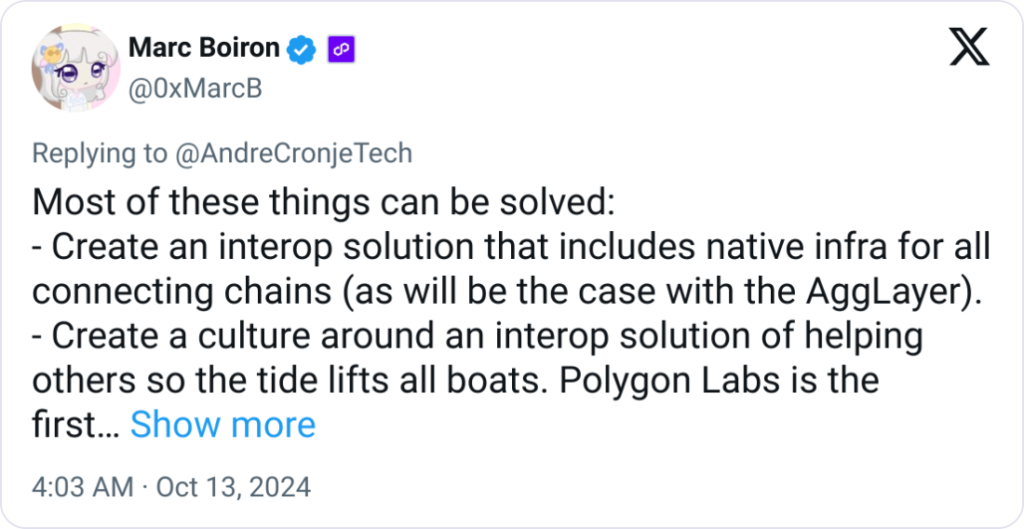Co-founder of Sonic Labs, Andre Cronje was concerned with layer 2 (L2) appchains because of high infrastructure costs and liquidity challenges that they inherently face. Cronje posted an Oct.
13 X post detailing why issues like these deter adoption of appchains – or customized blockchains designed for decentralised applications (DApps). Cronje identified appchains’ high deployment and maintenance costs—the regulatory compliance plus the cost of oracle services—primarily.

Cronje Highlights Community Challenges
His team’s infrastructure expense has already exceeded $14 million this year, and developers are not prioritizing their core applications as it should be, he revealed. But Gelato Network founder Hilmar Orth refuted Cronje’s claims.
At this point, according to Orth, rollup-as-a-service (RaaS) suppliers provide ready made infrastructure and no need for developers to create from the ground up. Support from framework teams and RaaS providers, he noted, makes it easier to build appchaints.

Cronje also had concerns with liquidity fragmentation, as appchain liquidity is frequently redirected to centralized bridges that can be subject to attacks. Polygon Labs CEO Marc Boiron proposed a potential fix which would use AggLayer, a system capable of reducing liquidity fragmentation through an interoperable network of appchains.
This orth also backed with the existence of rollups already with built out bridges and market makers optimizing liquidity flow. L2 appchains lacked a solid user and builder community, a significant contributor to growth, The Co-founder added.

AggLayer has active community driving a development, Boiron disagreed. But Orth denied that unity among communities was even an aspiration to cross off: ‘Developers are fighting every other developer … the fastest and most apical developers generally win out.’
Cronje, Orth, and Boiron’s debate on X highlights the great wars of L2 appchain opinion about the future of L2 appchain.







